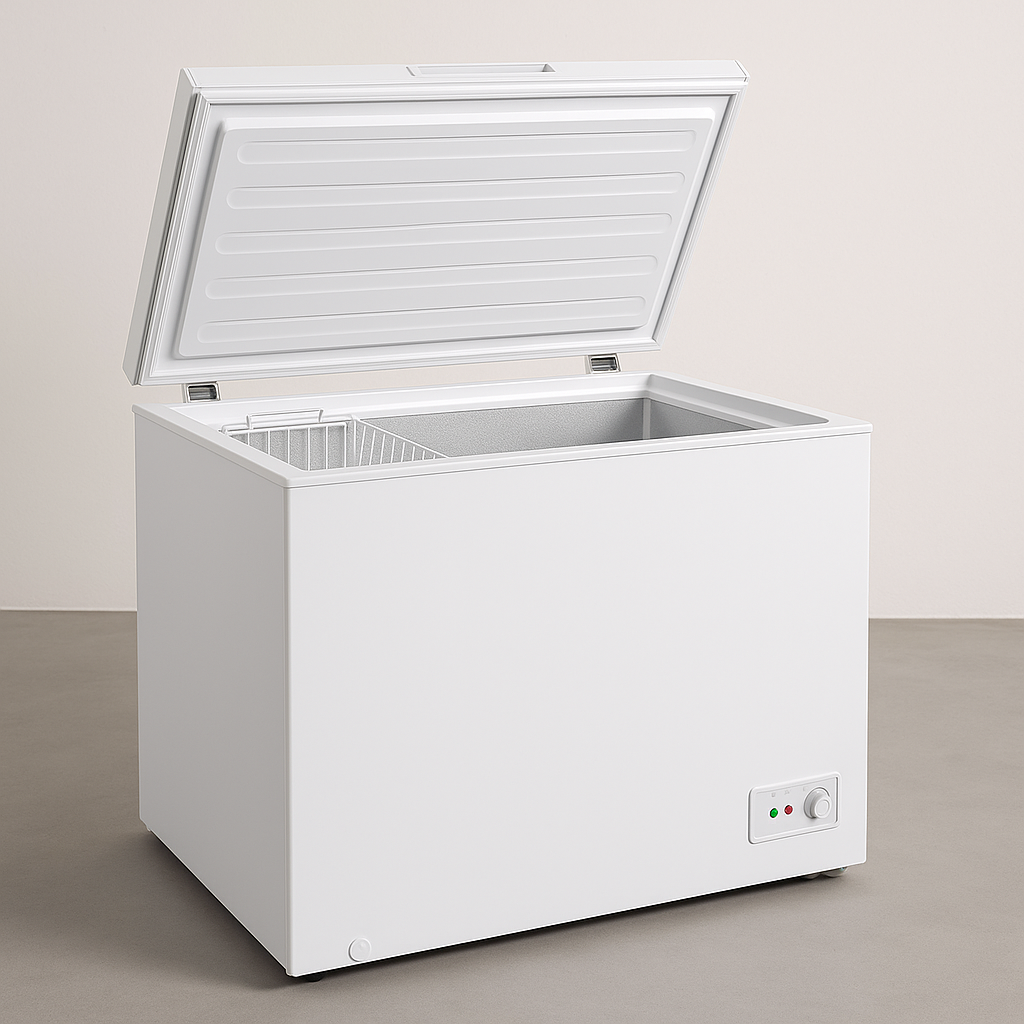Understanding Freezer Energy Efficiency Class C: Implications, Benefits, and FAQs
When searching for a freezer or any major device, energy efficiency is typically a significant factor to consider for consumers. Freezers feature different energy efficiency scores, with Class C being among them. This article explores what Class C suggests, its implications for energy usage and costs, its advantages, and how it compares with other efficiency classes.
What is Energy Efficiency Class C?
Energy efficiency scores in appliances are determined by various standards, showing how successfully they use electricity. Class C shows a moderate level of energy efficiency. Gefrierschrank Online Shop falls on the lower end of the energy efficiency scale, which ranges from Class A (the most effective) to Class G (the least efficient).
These scores are usually designated based on standardized tests measuring the freezer's energy consumption over a specific duration. Class C appliances take in more energy than Classes A and B, making them less favorable in terms of functional costs and environmental impact.
Energy Efficiency Class Ratings Overview
| Energy Class | Yearly Energy Consumption (kWh/year) | Description |
|---|---|---|
| A+++ | ≤ 120 | The majority of efficient |
| A++ | 121-150 | Really effective |
| A+ | 151-200 | Effective |
| A | 201-250 | Acceptable efficiency |
| B | 251-300 | Typical efficiency |
| C | 301-350 | Moderate efficiency |
| D | 351-400 | Second-rate |
| E | 401-450 | Poor efficiency |
| F | 451-500 | Extremely bad efficiency |
| G | ≥ 500 | Least effective |
Implications of Class C Freezers
While Class C freezers are designed to offer adequate performance for most household requirements, there are a couple of key ramifications to consider:
- Energy Consumption: A Class C freezer consumes more energy than more efficient designs, leading to greater energy expenses gradually.
- Ecological Impact: With increased energy consumption comes a higher carbon footprint. Consumers concerned about ecological impact may prefer more energy-efficient alternatives.
- Longevity and Maintenance: Class C appliances might not constantly hold up along with their more efficient equivalents, resulting in potential upkeep and replacement expenses.
- Cost Considerations: The lower in advance cost of a Class C freezer can be appealing. Still, it is crucial to consider long-lasting expenditures connected to energy consumption that may outweigh any preliminary cost savings.
Benefits of Class C Freezers
While Class C freezers might not be the most energy-efficient alternative, they have their benefits:
- Lower Initial Cost: Class C appliances tend to have lower purchase costs, making them more available upfront for budget-conscious customers.
- Sufficient for Light Use: For consumers with minimal freezing requirements-- such as those who only freeze small quantities of food-- Class C freezers offer enough efficiency without unneeded functions.
- Availability: Class C designs may be more readily available in particular markets, supplying alternatives for consumers who may not discover higher-rated designs accessible.
- Simplicity: Many Class C freezers include simple styles and performance, making them simple to use without the complexities of higher-end designs.
Contrasts with Energy Efficiency Classes
Class C freezers stand at a crossroads of efficiency. Here's how they compare to other classes:
- Class A: Offers exceptional energy efficiency with lower operational costs.
- Class B: Represents a balance between efficiency and price however still outshines Class C in energy usage.
- Class D: While providing some benefits over Class C, such designs consume significantly more energy.
A Comparative Table
| Energy Class | Advantages | Downsides |
|---|---|---|
| A | Greatest efficiency; low bills | Greater initial purchase expense |
| B | Excellent balance; moderate expense | Moderate energy intake |
| C | Lower upfront cost; simplicity | Greater energy bills, ecological concerns |
| D | Normally cheaper than C | Substantial energy consumption |
| E-G | Spending plan alternatives available | Poor energy efficiency; high operational costs |
Typical FAQs About Freezer Energy Efficiency Class C
Q1: How much more does a Class C freezer cost to run each year compared to a Class A?A: A Class C freezer may cost approximately 20-30% more to run each year compared to a Class A. For a comprehensive cost analysis, dividing the annual kWh usage of both designs by the local energy rate can offer a clearer image.
Q2: Are there any rebates or incentives for buying energy-efficient appliances?A: Yes, numerous local and nationwide programs offer rewards for buying A or B ranked appliances. Examine with regional utility business or government programs for information. Q3: Is it possible to enhance the energy efficiency of a Class C
freezer?A: Yes, routine upkeep such as cleaning up coils, organizing products to enable correct air flow, and making sure door seals are tight can assist improve efficiency. Q4: Can I convert my existing Class C freezer to be more energy efficient?A: While you can't convert an existing freezer class, you can carry out energy-saving practices, such as keeping the freezer full (however not overcrowded)and adjusting the temperature setting. Q5: Would it be better to purchase a greater class freezer for long-lasting savings?A: Generally, investing in a higher-rated freezer( Classes A or B) can lead to long-term cost savings due to lower energy
costs. This likewise promotes environmental sustainability. Class C freezers provide a practical
choice for customers looking for cost without needing extensive freezing needs. Nevertheless, weighing the overall cost of ownership and environmental effects is vital for making an informed choice. Whether choosing a Class C design or thinking about more effective versions, comprehending energy usage is paramount in today's eco-conscious society. By making proactive options, customers can enjoy the advantages of their freezers while adding to sustainable living practices.

